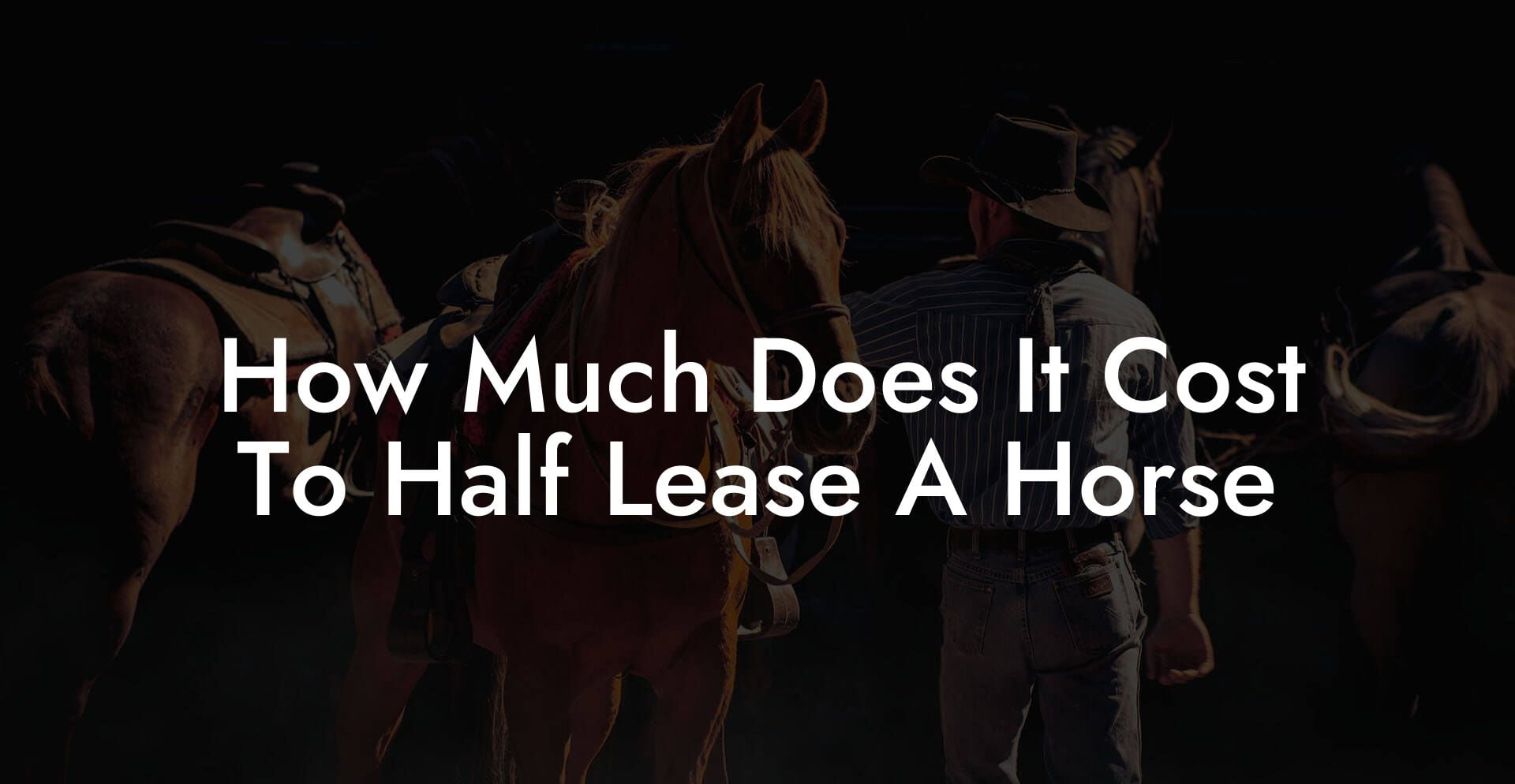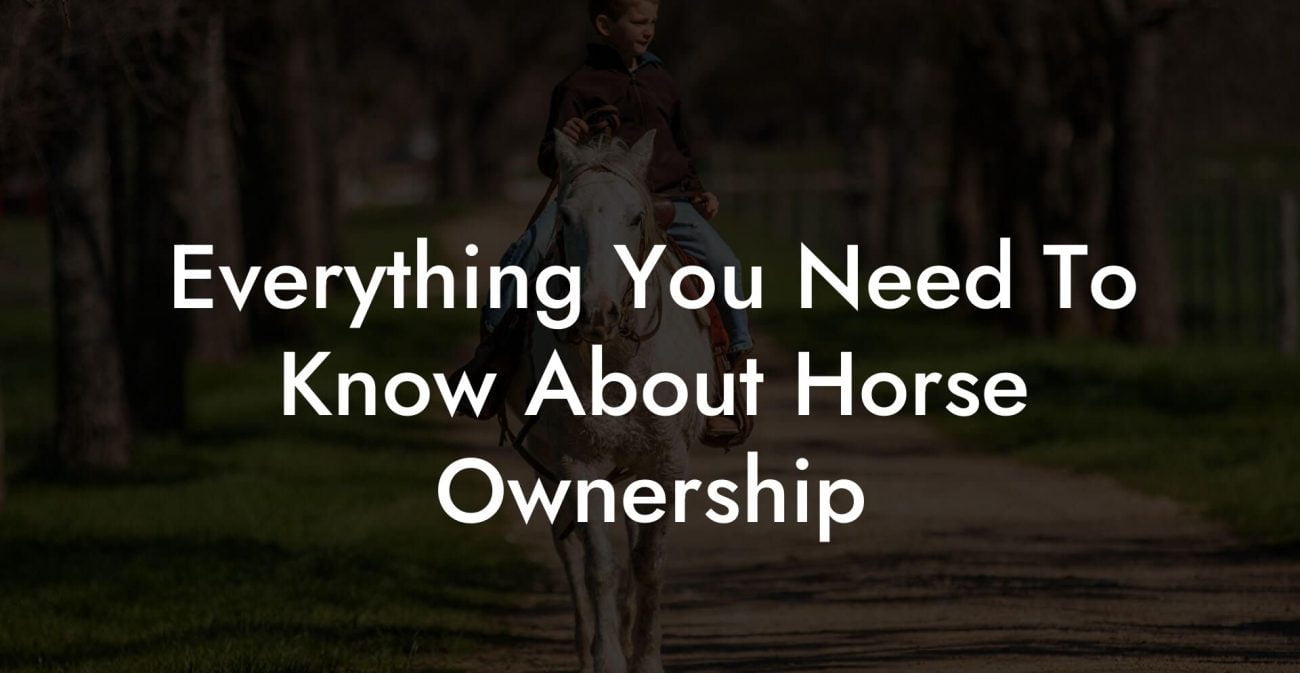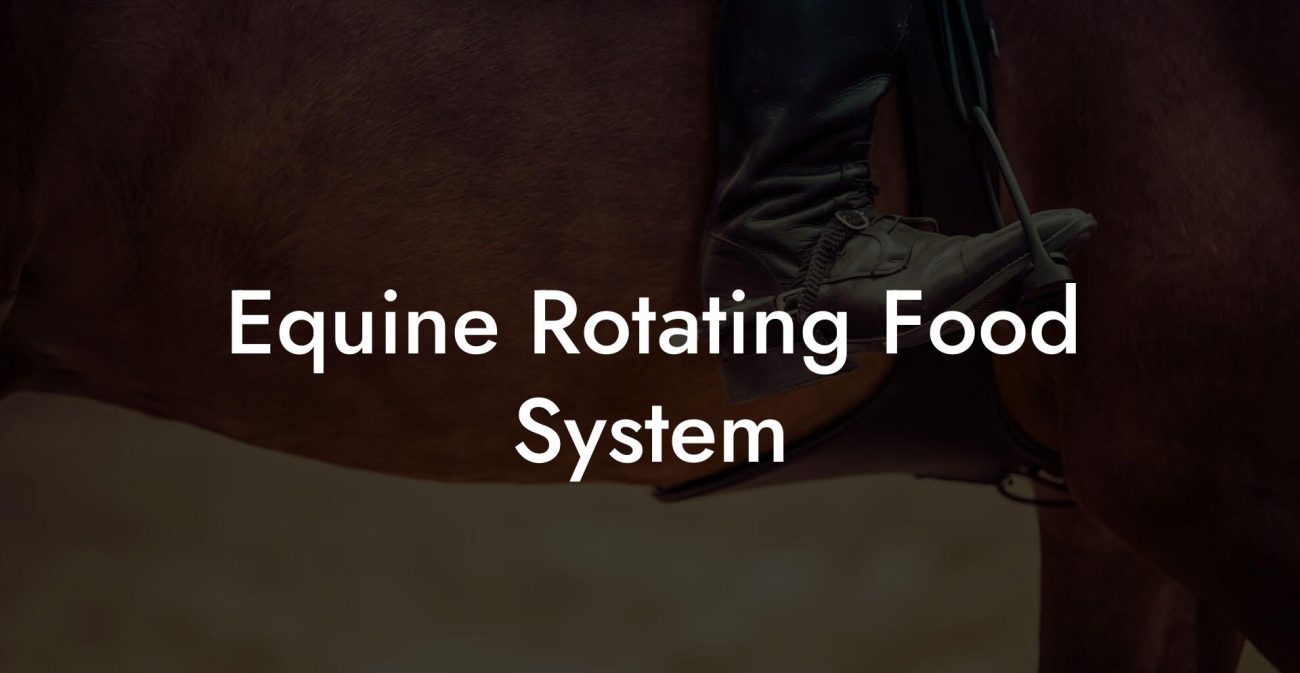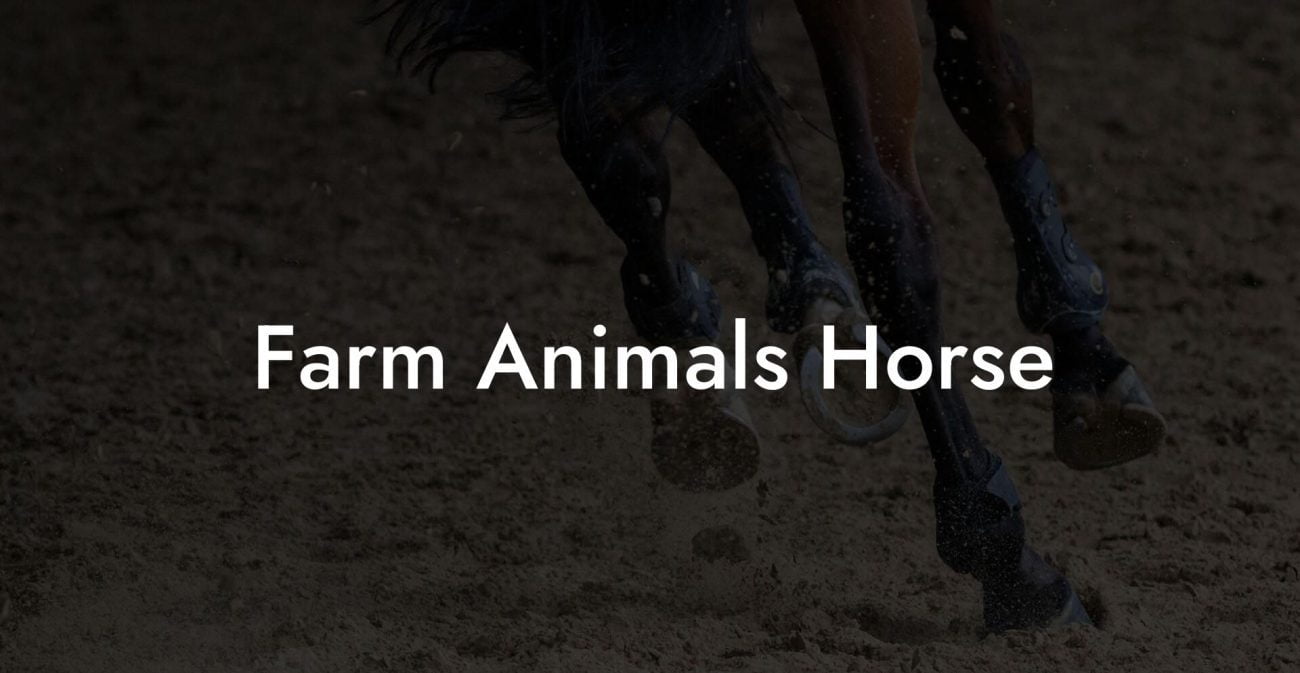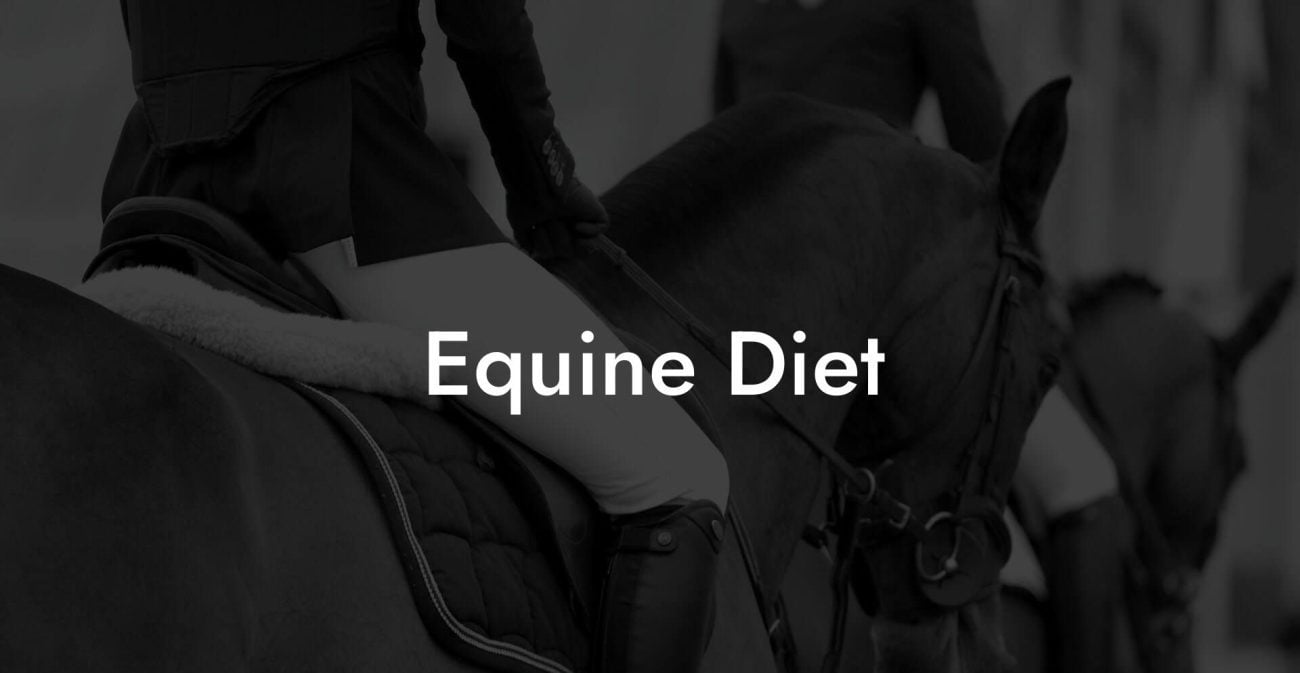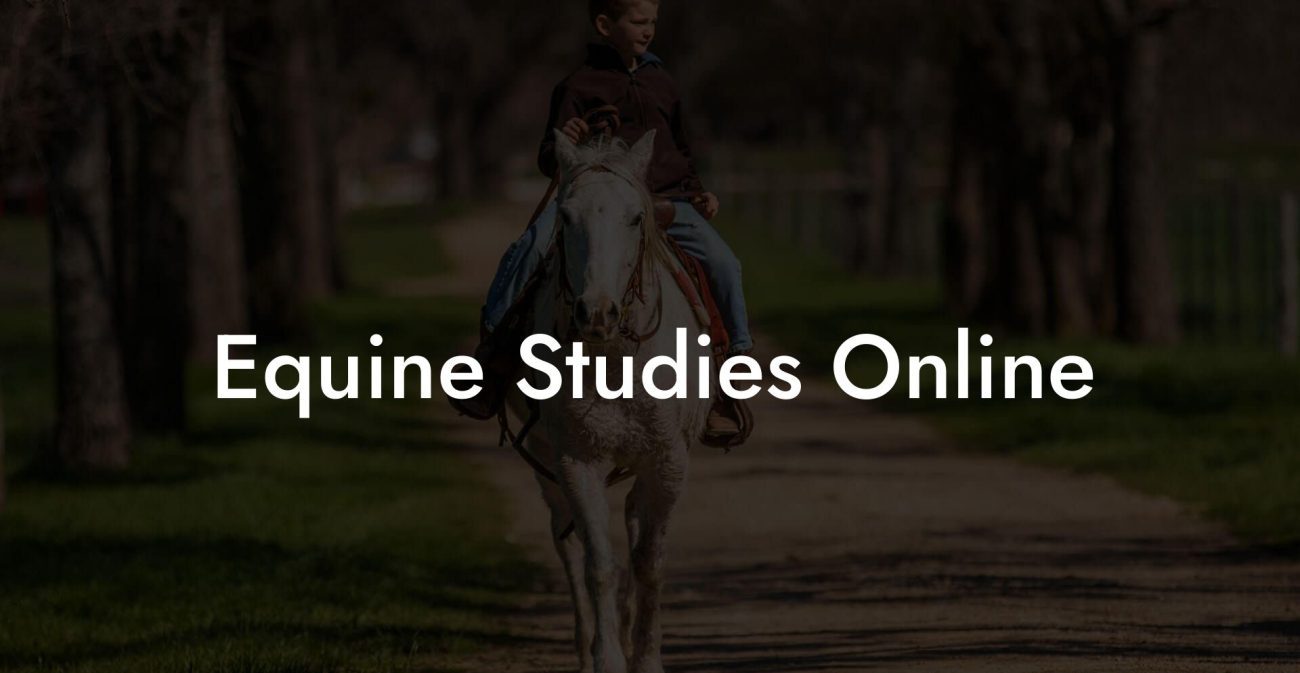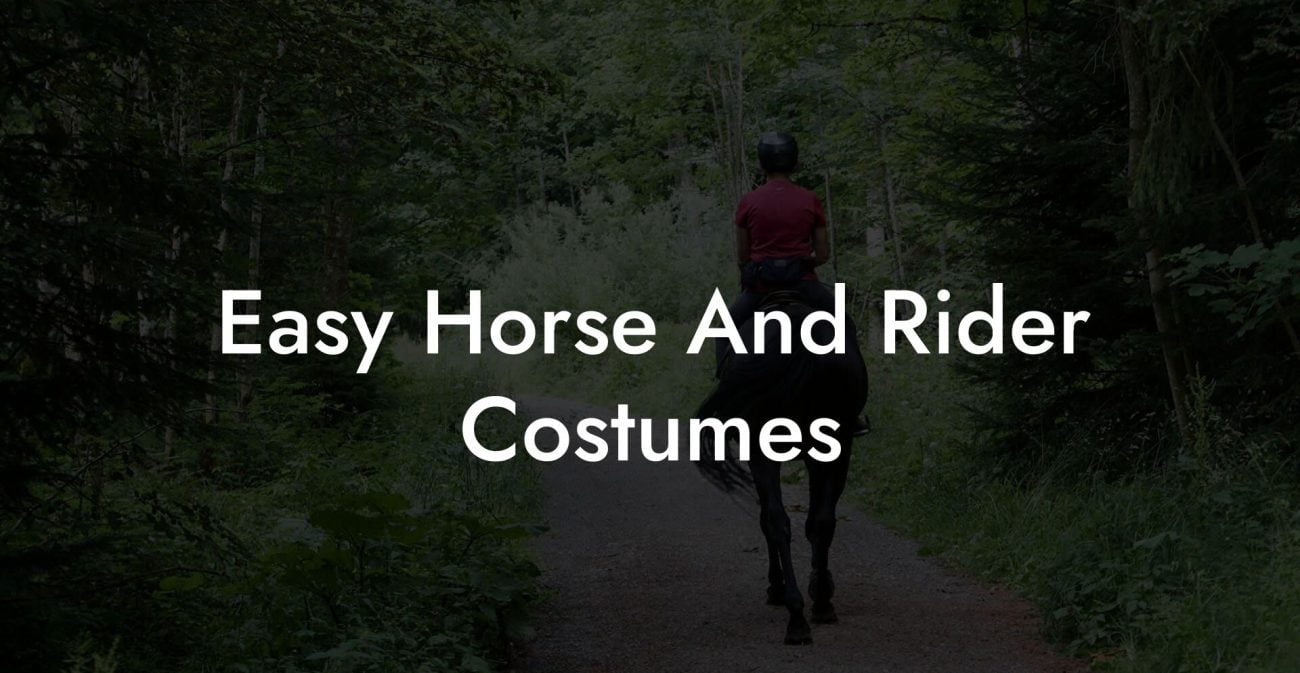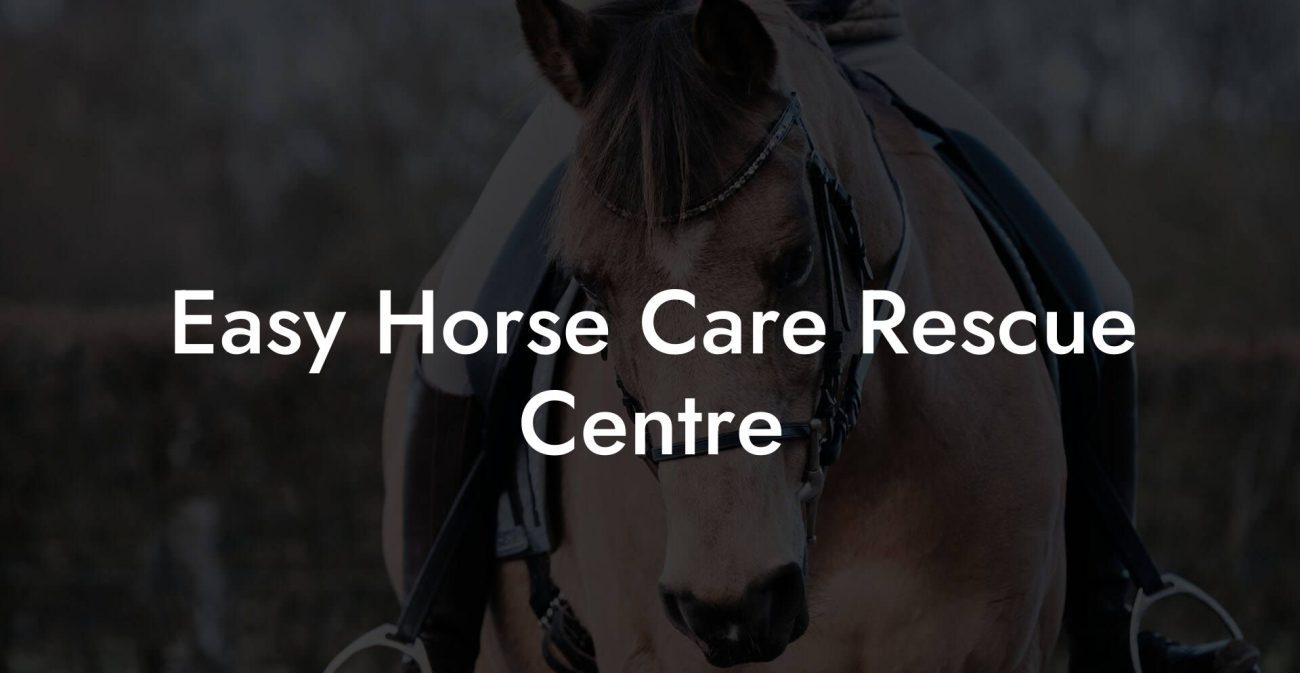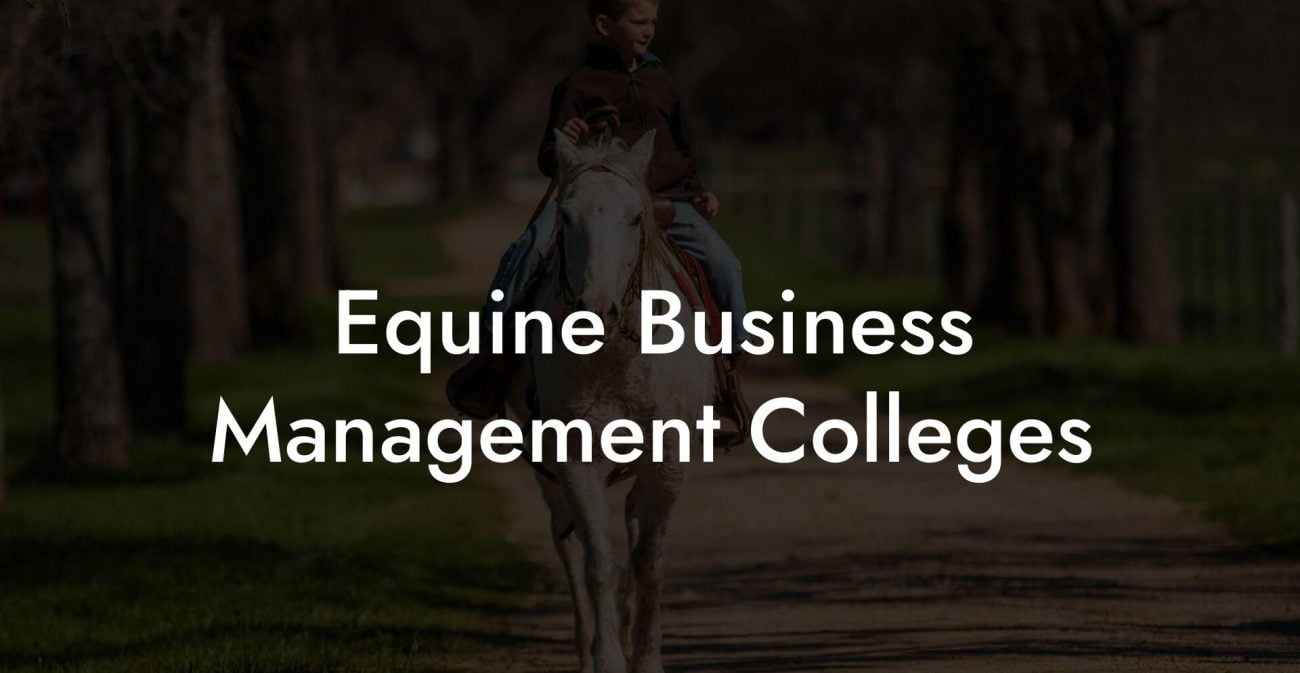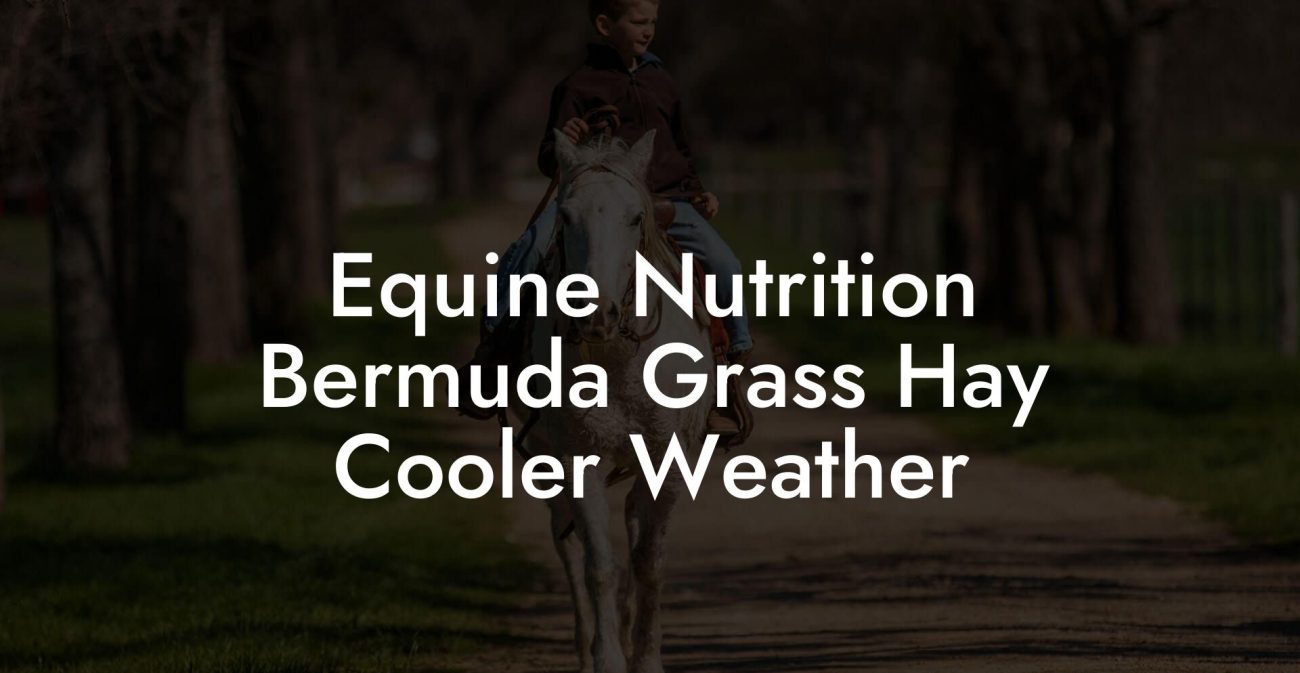Ever thought about living out your equestrian dreams without having to saddle up on a full-time horse? Half leasing a horse is the rebellious, budget-friendly, and oh-so-flexible gateway to horse ownership without the full commitment—and potentially, an impressive statement on your social media feed. In this in-depth guide, we’re diving deep into what it really means to half lease a horse, how much it costs, and all the essential nits and grits you need if you’re a Gen-Z or millennial adventurer craving that equine connection. Get ready to discover the ins and outs of partial leases, insider cost factors, negotiation hacks, real-life success stories, and even a few cautionary tales that will have you saying “neigh” to unwanted surprises.
Quick Links to Useful Sections
- What Does It Mean to Half Lease a Horse?
- How Does Half Leasing a Horse Work?
- The Cost Breakdown: What Does It Really Cost to Half Lease a Horse?
- 1. Lease Fees
- 2. Veterinary Expenses
- 3. Farrier and Dental Care
- 4. Feed and Supplements
- 5. Insurance
- 6. equipment and Tack
- Key Factors That Influence the Cost of a Half Lease
- 1. Location and Facility Standards
- 2. Horse’s Age, Breed, and Temperament
- 3. Level of Care and Additional Services
- 4. Insurance and Liability Coverage
- 5. Duration and Flexibility of the Lease
- Comparing Half Lease Costs to Full Lease and Other Options
- Half Lease vs. Full Lease
- Half Lease vs. Riding Memberships
- Hidden Costs and Unexpected Expenses
- Unexpected Veterinary Bills
- Tack, Equipment, and Maintenance
- Upcharges for Extra Use
- Seasonal Costs
- Negotiation Tips for a Successful Half Lease Agreement
- Do Your Homework
- Clarify Responsibilities
- Negotiate the Fine Print
- Discuss Insurance and Liability
- Real-Life Stories: Successes and Cautionary Tales
- Case Study: The Perfect Pair
- Cautionary Tale: When Expectations Collide
- Additional Financial Considerations and Budget Planning
- Upfront Deposits and Sign-On Fees
- Emergency Funds
- Recurring vs. Occasional Costs
- Sharing Costs Fairly
- Pros and Cons of Half Leasing a Horse
- Pros
- Cons
- Planning Your Equine Future: Next Steps and Resources
- Research Local Stables and Leasing Programs
- Join Horse Enthusiast Communities
- Consult with Equine Professionals
- Create a Personalized Checklist
- Keep an Open Mind and Enjoy the Journey
- Frequently Asked Questions
- Your Next Steps: Resources and Community Support
- Connect on Social Media
- Join Local Equestrian Clubs
- Consult Equine Professionals
- Attend Workshops and Clinics
- Your Path Forward: Embrace the Adventure
What Does It Mean to Half Lease a Horse?
Picture this: you get the best of both worlds—a chance to experience the joys of horse ownership without having to shoulder all the responsibilities (and costs) that come with owning a full-time equine companion. Half leasing means you share the costs and responsibilities of caring for a horse with another party, whether it be a friend, a local stable, or a horse leasing organization. This arrangement might also go by “partial lease,” “shared lease,” or even “co-lease” in some circles.
The beauty of a half lease lies in its flexibility. Instead of being locked into a lifetime commitment, you can enjoy riding lessons, trail rides, or simply bonding with your horse during specified days of the week. For many young riders and urban enthusiasts, this option has emerged as an accessible alternative to full ownership, blending a passion for equestrian life with a realistic financial model.
In a half lease scenario, you’re essentially paying for part ownership, which typically involves splitting costs like feed, stabling, veterinary care, farrier services, and sometimes even tack maintenance. This shared commitment means you must be on the same page as your lease partner when it comes to horse care philosophies, riding schedules, and long-term goals for the animal’s well-being.
While the concept may sound straightforward, understanding the finer details is key—because there’s more than one way to skin a pony! From negotiating lease terms to navigating the potential pitfalls, we’ve got the lowdown on everything you need to know before you write on that dotted line.
How Does Half Leasing a Horse Work?
When it comes to half leasing, the mechanics are a lot like splitting a rent check. You and your lease partner agree on a schedule—a set number of days per week or month that you have exclusive riding rights, while the other party gets their share during the remaining days. This divides not only riding time but also the various maintenance and care expenses.
Generally, the process starts with a candid conversation: what does each party expect out of the lease? Here are some steps commonly involved:
- Initial Inquiry and Research: Learn about the local stables, private horse owners, and leasing specialists offering half lease opportunities. Many equestrian centers now advertise half lease options tailored to ride enthusiasts who can’t commit to full ownership.
- Compatibility Check: It’s important to determine whether you and your prospective co-lessee have similar riding skills, care standards, and long-term expectations. After all, disagreements over hay orders or barn chores can quickly turn a promising collaboration into an equine nightmare.
- Lease Agreement Drafting: A written agreement is crucial. This document should detail scheduling, cost breakdowns, division of responsibilities, insurance coverage, and emergency procedures. Both parties should review these details with a legal expert if possible, ensuring that the words “neigh” don’t echo regretfully later on.
- Financial Arrangement: Depending on the arrangement, you could be paying a flat monthly fee or splitting costs based on usage. The agreement might also specify what happens if one party wants to exit early or if extra expenses arise.
- Trial Period: Some arrangements allow for a trial run—typically a few months—to test compatibility before locking in long-term commitments. This period is vital for adjusting expectations and ironing out any unforeseen issues.
In many ways, half leasing can be a great way to dip your toes into the fascinating world of horsemanship without plunging headfirst into the deep end of full ownership financial responsibilities. But before you even think about booking your first ride, understanding the cost breakdown is essential.
The Cost Breakdown: What Does It Really Cost to Half Lease a Horse?
The million-dollar question—or should we say, the “few-thousand-dollar” question—is: how much does it really cost to half lease a horse? Unfortunately, as with most things in life, the answer is layered and depends on multiple factors.
When budgeting for a half lease, you’ll need to consider both fixed and variable expenses. Here’s a deep dive into everything you should account for:
1. Lease Fees
The core cost of a half lease is, unsurprisingly, the lease fee itself. Expect to pay anywhere from a few hundred to a couple of thousand dollars per month. The fee typically covers your share of the horse’s boarding, feed, and some basic care services. Urban areas or stables with premium facilities might be on the higher end, whereas rural areas might offer more affordable options.
2. Veterinary Expenses
Regular check-ups, vaccinations, and unforeseen emergencies can quickly add up. Most lease agreements include a clause detailing how veterinary costs will be shared. Routine expenses are usually split evenly, but emergency care might require additional communication and adjustments.
3. Farrier and Dental Care
Horses need consistent hoof care and occasional dental checks to ensure they can walk—and chew—comfortably. Typically, farrier services are performed every six to eight weeks, with costs shared between the lessees.
4. Feed and Supplements
Depending on the horse’s diet and the quality of feed provided by the stable, you might expect to pay a portion of the cost associated with hay, grain, and any necessary supplements that keep the horse in peak condition.
5. Insurance
Some half lease agreements include insurance coverage for the horse, which protects against accidents, illnesses, or even theft. If it isn’t included, you might need to factor in the cost of acquiring separate equine insurance, a cost that could vary greatly depending on the horse’s age, breed, and health.
6. equipment and Tack
Items such as saddles, bridles, grooming kits, and trailers—if needed for transportation—are often not covered by the basic lease fee. You might either need to supply and maintain your own equipment or split the cost if equipment is provided by the lease manager.
To give you a rough estimate: if the monthly lease fee ranges between $300 and $1,500, add another $50 to $200 for veterinary contributions, $50 to $150 for farrier services, and perhaps an extra $30 to $100 for feed supplements each month. It might seem like a lot initially, but remember—you’re only paying for part-time access, not full ownership!
Keep in mind that initial deposits or down payments might also be required. These upfront costs help cover any damage deposits or initial fees, and they vary depending on the stable or leasing arrangement.
Ultimately, while the numbers might fluctuate based on your location, the horse’s condition, and other factors, half leasing presents a compelling option for many aspiring equestrians who want to balance passion with practicality.
Key Factors That Influence the Cost of a Half Lease
When it comes to half leasing, not all horses—or deals—are created equal. Several factors can influence the overall cost, making it important to do your homework before signing on the dotted line. Here are some of the most critical elements to consider:
1. Location and Facility Standards
The region and quality of the facility where the horse is stabled play a huge role in the price tag. Urban centers or upscale riding clubs typically charge more due to higher overhead costs, whereas rural or community-based stables might offer competitive rates with slightly fewer amenities. Assess the facility’s reviews, the quality of the stabling, and the overall atmosphere before committing.
2. Horse’s Age, Breed, and Temperament
Younger horses or those with professional training might command a higher lease fee due to the anticipated performance benefits or advanced skill sets. Conversely, older horses who are calmer and well-trained might come at a lower cost. Additionally, some breeds are known for their stamina and temperament, which can further influence pricing dynamics.
3. Level of Care and Additional Services
Does your lease fee cover additional services like riding lessons, turnout time, grooming, or even specialized training? The more included services, the higher the cost might be. Fully understanding what’s bundled into your lease fee allows you to compare offers on a like-for-like basis.
4. Insurance and Liability Coverage
Since horses are prone to accidents and unpredictable behavior, many lease agreements require insurance coverage to protect both parties’ interests. This coverage might be factored into the overall price or charged as a separate fee. It’s essential to clarify these details early in the lease discussion.
5. Duration and Flexibility of the Lease
Shorter lease commitments might have a premium price tag due to the higher relative administrative costs, whereas a longer-term commitment could offer a discount in exchange for guaranteed income to the stable owner. Flexibility in scheduling and cancellation policies are also negotiation points that can influence cost.
As you can see, while the baseline numbers provide a starting point, the final cost of a half lease is a mosaic of variable factors. A thorough review of all cost components—not just the monthly rent—ensures that you’re prepared for the ongoing financial responsibility while maximizing the riding experience.
Comparing Half Lease Costs to Full Lease and Other Options
If the idea of dipping your toe into the equestrian lifestyle sounds appealing, you might still be weighing your options against other arrangements—like a full lease or even partial riding memberships at local riding clubs. In this section, we break down the cost-benefit analysis:
Half Lease vs. Full Lease
With a full lease, you assume complete responsibility for the horse, which means higher fixed fees, 100% of the veterinary and feed costs, and a more hands-on approach to training and care. Full leases can be ideal for individuals who want to have a say in every detail or who plan to use the horse more frequently year-round. However, for many riders—especially busy Gen-Z and millennial professionals—the full-time commitment, both in time and money, can be overwhelming.
In contrast, a half lease spreads the costs and decision-making responsibilities. You retain a high-quality riding experience while sharing expenses, which often makes it the superior option for those balancing a busy schedule with an equestrian hobby.
Half Lease vs. Riding Memberships
Riding memberships or lesson packages typically offer time-limited access to horses under the supervision of professional trainers. While these memberships are great for learning basics or casual riding, they might not provide the intimacy or long-term commitment you’re seeking. Plus, riding memberships rarely allow personal input into the horse’s care decisions, a key factor if you’re looking to truly bond with your equine partner.
On paper, riding memberships may seem cheaper when you look at monthly fees, but if your objective is to build a meaningful connection with a horse—you’re likely to find that a half lease offers better value in the long run.
Ultimately, the choice depends on what you value: the sense of ownership and the autonomy of decision-making that comes with a half lease, or the ease and structure provided by conventional riding memberships. Knowing your riding goals and financial boundaries will help steer you toward the best fit.
Hidden Costs and Unexpected Expenses
While we’re all for transparency, sometimes the finer details can be easily overlooked—until you’re staring at a barn bill you didn’t see coming. Half leasing a horse has several potential hidden costs:
Unexpected Veterinary Bills
Although most leases account for routine veterinary expenses, emergencies can happen. Whether it’s a minor colic episode or an injury sustained during a spirited trail ride, be prepared to share in the costs of unexpected care.
Tack, Equipment, and Maintenance
Believe it or not, the cost of tack and maintenance can breathe life into your budget. Even if you already have a saddle or bridle, equipment may require special cleaning, repairs, or replacement over time. Your lease might not cover every piece of kit used by the horse, so it’s wise to budget for occasional upgrades or replacements.
Upcharges for Extra Use
Double-booking days or requesting extra riding time beyond your agreed schedule could result in additional fees. Some leases have strict time allocations, and exceeding those limits may incur penalties. Clarify these terms before signing the contract to avoid disputes later on.
Seasonal Costs
Just as weather affects your riding schedule, it can affect costs too. In the off-season, stables may charge higher fees to cover increased care during colder months or house the horse indoors. Seasonal variations in feed quality and additional heating expenses for the barn might also come into play.
Being well aware of these potential hidden costs can help you gauge your actual financial commitment. Ask plenty of questions, read the fine print, and consider having a contingency fund set aside for those “just in case” moments.
Negotiation Tips for a Successful Half Lease Agreement
Now that you’re armed with the intricacies of costs and hidden fees, let’s talk strategy: how do you negotiate a half lease that’s equitable, transparent, and ultimately beneficial for everyone involved? Negotiation in the horse world is as much an art as a science, but these tips will set you up to score a win-win arrangement:
Do Your Homework
Start by researching local stables, lease prices, and what similar arrangements in your area look like. Knowledge is power, and knowing the market rate can give you leverage in negotiations. Compare multiple offers and be ready to ask pointed questions about what’s included in the lease fee.
Clarify Responsibilities
Ensure that the lease agreement spells out every expectation—from the scheduling of riding time to the details of routine care. Clear guidelines prevent future conflicts and ensure that both parties know their responsibilities. Don’t hesitate to negotiate clauses that allow for some flexibility in case life throws a curveball your way.
Negotiate the Fine Print
Beyond the base price, hash out details like what happens if you want to extend your ride time, who covers extra services, or what processes are in place for emergencies. A well-defined agreement is your best defense against unforeseen cost hikes. If possible, have a legal expert review the contract to ensure fairness and clarity.
Discuss Insurance and Liability
Verify that both lessees are comfortable with how insurance and liability issues are handled. A fair rule is to ensure that each party is equally responsible for handling less predictable expenses such as accidents. This not only secures the horse’s well-being but also minimizes friction between lease partners.
With these negotiation tips in your arsenal, you’re better equipped to approach the conversation with confidence and clarity. Remember, a successful half lease is rooted in open communication, thorough research, and a shared love for the majestic animal that is your horse.
Real-Life Stories: Successes and Cautionary Tales
Nothing drives a point home like real-life experiences. Across the spectrum of half leasing, there are plenty of success stories along with a few cautionary tales worth learning from:
Case Study: The Perfect Pair
Jenna, a budding event planner with a passion for trail rides, and Marcus, a college student with prior riding experience, joined forces to half lease a spirited mare. Their agreement was crystal clear from day one: a fixed schedule, shared responsibilities for vet visits and grooming, and a rotational system for extra lessons. Jenna’s bubbly personality meshed with Marcus’ disciplined approach, and together they discovered that the combined financial commitment was manageable, leaving room in their budgets for occasional weekend competitions and riding clinics.
Cautionary Tale: When Expectations Collide
On the flip side, Sam and Alex decided to half lease a stallion without fully discussing their riding philosophies. Sam loved adventurous trail rides, while Alex was focused solely on dressage training. The differences in expectations quickly led to scheduling conflicts and disagreements over budget allocations for training sessions. Despite both having strong intentions, the lack of upfront alignment ended with a strained relationship and an agreement that fell apart. Their story underscores the importance of shared vision and detailed contracts.
These real-life examples remind us that while half leasing can be a fantastic way to enjoy horse riding without full ownership, it relies heavily on open communication, realistic expectations, and a budgeting strategy that reflects every aspect of the arrangement—from scheduled riding days to those pesky, unexpected expenses.
Additional Financial Considerations and Budget Planning
As you prepare to embark on your half leasing journey, a well-structured budget is your best friend. Beyond the obvious monthly fees, consider these financial aspects that can affect your overall expenses:
Upfront Deposits and Sign-On Fees
Many half lease agreements require an upfront deposit to cover potential damages or missed payments. This one-time fee, which can range from a few hundred to over a thousand dollars, is usually refundable at the end of the lease period, provided there are no outstanding issues.
Emergency Funds
Life (and horses) can be unpredictable. From emergency vet visits to unexpected equipment repairs, having a rainy-day fund is crucial. Experts recommend setting aside an emergency reserve specifically earmarked for unforeseen equine-related expenses.
Recurring vs. Occasional Costs
While monthly costs (such as feed, stabling, and routine care) are relatively predictable, costs like seasonal vet bills, special training, or holiday grooming sessions can vary. Tracking your monthly expenses diligently can make it easier to spot trends and adjust future budgets.
Sharing Costs Fairly
Transparency about shared expenses is paramount in a half lease agreement. Make sure that both parties agree on how to split costs for items like farrier visits, dental care, and any supplemental training sessions. A regular review—perhaps quarterly—of your expense reports can help keep both sides accountable.
With careful planning, the financial side of half leasing can be as enjoyable as the riding experience. A well-planned budget not only prevents financial stress but also sets a firm foundation for a long-lasting, mutually beneficial partnership.
Pros and Cons of Half Leasing a Horse
Like any major decision, half leasing a horse comes with its own set of advantages and disadvantages. For many Gen-Z and millennial enthusiasts balancing career, social life, and financial goals, weighing these pros and cons is the key to making an informed decision.
Pros
- Cost Savings: Sharing the expenses of horse care means you’re not solely responsible for all upkeep costs, making equestrian dreams more financially accessible.
- Flexibility: With a half lease, you can enjoy regular riding without the full-time commitment and ongoing responsibilities of complete horse ownership.
- Community and Networking: Half leasing often leads to partnerships that can foster new friendships, enhance riding skills, and even open doors to riding competitions or events.
- Variety of Experiences: Many half lease agreements allow you to experience different types of riding, from casual trail rides to competitive training sessions, giving you a well-rounded experience.
Cons
- Limited Access: Sharing the horse means you might not always have access whenever you want, which can be a hurdle if your schedule is unpredictable.
- Potential for Conflict: Disagreements over scheduling, care standards, or unexpected costs can strain the relationship between lease partners if not handled properly.
- Less Control: Compared to full ownership, you have less autonomy over decision-making regarding training regimens, long-term care, or even changes in lease conditions.
- Hidden Costs: The allure of reduced monthly fees can sometimes mask extra expenses that crop up over time, especially if emergency fees or seasonal adjustments aren’t clearly defined in the agreement.
Evaluating these pros and cons in light of your personal riding goals, financial capacity, and lifestyle can provide critical insight into whether half leasing is the right equestrian step for you.
Planning Your Equine Future: Next Steps and Resources
So, you’re excited, your budget is tentatively mapped out, and you’re ready to start this adventurous chapter. What’s next? Here are a few actionable tips and community resources to keep your equine journey on the right track:
Research Local Stables and Leasing Programs
Start by checking out local equestrian clubs and stables that offer half lease programs. Attend open houses, engage with current lease partners, and gather reviews on the management, facilities, and overall experience. Social media can be a fantastic way to connect with like-minded riders and discover firsthand experiences.
Join Horse Enthusiast Communities
Platforms like Instagram, Reddit, Facebook groups, and dedicated equestrian forums are goldmines for tips, advice, and shared stories. Ask questions, share your own research, and learn from those who’ve already navigated the half lease waters.
Consult with Equine Professionals
Don’t hesitate to book consultations with equine professionals—be it local trainers, farriers, or equine financial advisors. Their experience can help you anticipate potential challenges and offer suggestions to optimize your financial and riding experience.
Create a Personalized Checklist
Before signing any lease agreement, create a checklist that outlines your budget, riding goals, responsibilities, and any deal breakers. This ensures you remain focused on what’s important, keeps negotiations transparent, and avoids the risk of unpleasant surprises down the line.
Keep an Open Mind and Enjoy the Journey
Perhaps the most important tip of all: embrace the experience! Half leasing isn’t just about numbers—it’s about the thrill of riding, forming connections with your lease partner and the horse, and discovering more about yourself along the way.
With these steps and the right community backing you up, you’re well on your way to turning your equine dreams into a vibrant, healthy reality. So, saddle up—your journey awaits!
Frequently Asked Questions
Below are some of the most frequently asked questions about half leasing a horse. We’ve compiled real questions from fellow equestrians and provided clear, down-to-earth answers to help you make an informed decision.
1. What exactly is half leasing a horse?
Half leasing a horse means that you share the expenses and the riding time of a horse with another individual or an organization. This arrangement typically involves splitting costs related to the horse’s upkeep, boarding, and care, while offering you a set schedule for riding.
2. How much does a half lease typically cost?
The cost can vary greatly depending on your location, the quality of the stable, the horse’s age and training, and what services are included. Generally, fees can range from a few hundred to a couple thousand dollars per month plus shared expenses like veterinary care, farrier services, and feed.
3. Are there any hidden costs in a half lease?
Yes, besides the quoted monthly fee, you might also incur hidden costs like emergency veterinary bills, seasonal maintenance, additional training expenses, or extra fees if you exceed your scheduled riding days.
4. Can I customize my riding schedule in a half lease agreement?
Most agreements allow for some flexibility, but this depends on the lease’s terms. It’s essential to negotiate a schedule that fits both parties’ needs and clearly outline what happens if one partner wants additional riding time.
5. How do I know if a half lease is right for me?
Evaluate your riding goals, budget, and available time. If you’re passionate about spending quality time with a horse but can’t—or don’t want to—handle full ownership responsibilities, a half lease might be the perfect option.
6. What should be included in a written half lease agreement?
A comprehensive agreement should cover riding schedules, cost breakdowns (both routine and potential extras), responsibilities for care and emergency situations, and clear guidelines on how any disputes or exit clauses are handled.
7. Do I need insurance if I half lease a horse?
Yes, insurance is typically required to cover accidents, injuries, or unexpected incidents. Some stables include insurance in the lease fee, while others may require you to arrange your own coverage.
8. Can I share a half lease with a friend or a stranger?
You can share a half lease with anyone, but it’s best to choose someone with similar riding goals, reliability, and a compatible personality to avoid conflicts down the line.
Armed with these FAQs, you have a solid foundation to dive into further research. Remember to ask plenty of questions and read the fine print before committing.
Your Next Steps: Resources and Community Support
Whether you’re researching online, attending local equestrian events, or joining social media groups, the equine community is brimming with resources to guide you on your half lease journey. Here are some ways to dive deeper:
Connect on Social Media
Platforms like Instagram, TikTok, and Facebook host vibrant communities of horse enthusiasts who share their personal half lease experiences, maintenance tips, and negotiation strategies. Engaging with these communities can provide firsthand insights and help you avoid common pitfalls.
Join Local Equestrian Clubs
Many towns and cities have clubs or riding associations that offer support, group rides, and educational workshops on horse care. These groups not only help build your network but also provide valuable learning opportunities.
Consult Equine Professionals
Don’t underestimate the value of expert advice. From trainers and farriers to equine financial advisors, seasoned professionals can help clarify lease terms, cost expectations, and proper horse care practices.
Attend Workshops and Clinics
Look out for events and workshops in your area that focus on topics like horse management, riding techniques, and equine legal matters. Even if you’re not interested in certification, these sessions can offer a wealth of knowledge and boost your confidence when negotiating a lease.
Most importantly, know that you are not alone on this journey. The equine community is incredibly welcoming, and there’s always someone with advice, a tip, or a cautionary tale to share. Use these resources to your advantage, stay informed, and most importantly, enjoy the ride!
Your Path Forward: Embrace the Adventure
Half leasing a horse is more than just a cost-saving measure—it’s a lifestyle choice. It bridges the gap between the dream of full ownership and the reality of financial and time constraints in today’s fast-paced world. For many young riders and modern professionals, it offers a unique opportunity to experience the freedom of riding, develop lasting bonds with an animal companion, and cultivate a sense of responsibility without the overwhelming burden of sole ownership.
In the roller coaster world of equestrian living, every ride, every challenge, and every triumph adds to your personal story. From negotiating lease terms to mastering a tricky jump on the arena, each step of the journey contributes to a richer, more fulfilling connection with horses. And as with any good story, the plot has twists and turns—unexpected expenses, scheduling conflicts, or even personality clashes. Yet, these obstacles often transform into valuable lessons that shape you into a more resourceful, resilient, and informed rider.
Picture the endless trails, sunlit paddocks, and the unmatched feeling of galloping free with the wind in your hair. Whether you’re planning to share your riding escapades on social media or simply cherishing quiet moments in the barn, half leasing a horse could be the key that unlocks a whole new realm of equestrian delight. So gear up, do your research, embrace open conversations, and prepare to embark on an adventure where every ride is a new chapter in your rapidly evolving equine journey.
Your path forward is one paved with passion, a knack for negotiation, and a sincere love for horses. Trust your instincts, lean on the support of the community, and remember—the journey is just as exhilarating as the destination. Get out there, make your mark, and let that equestrian spirit soar!

